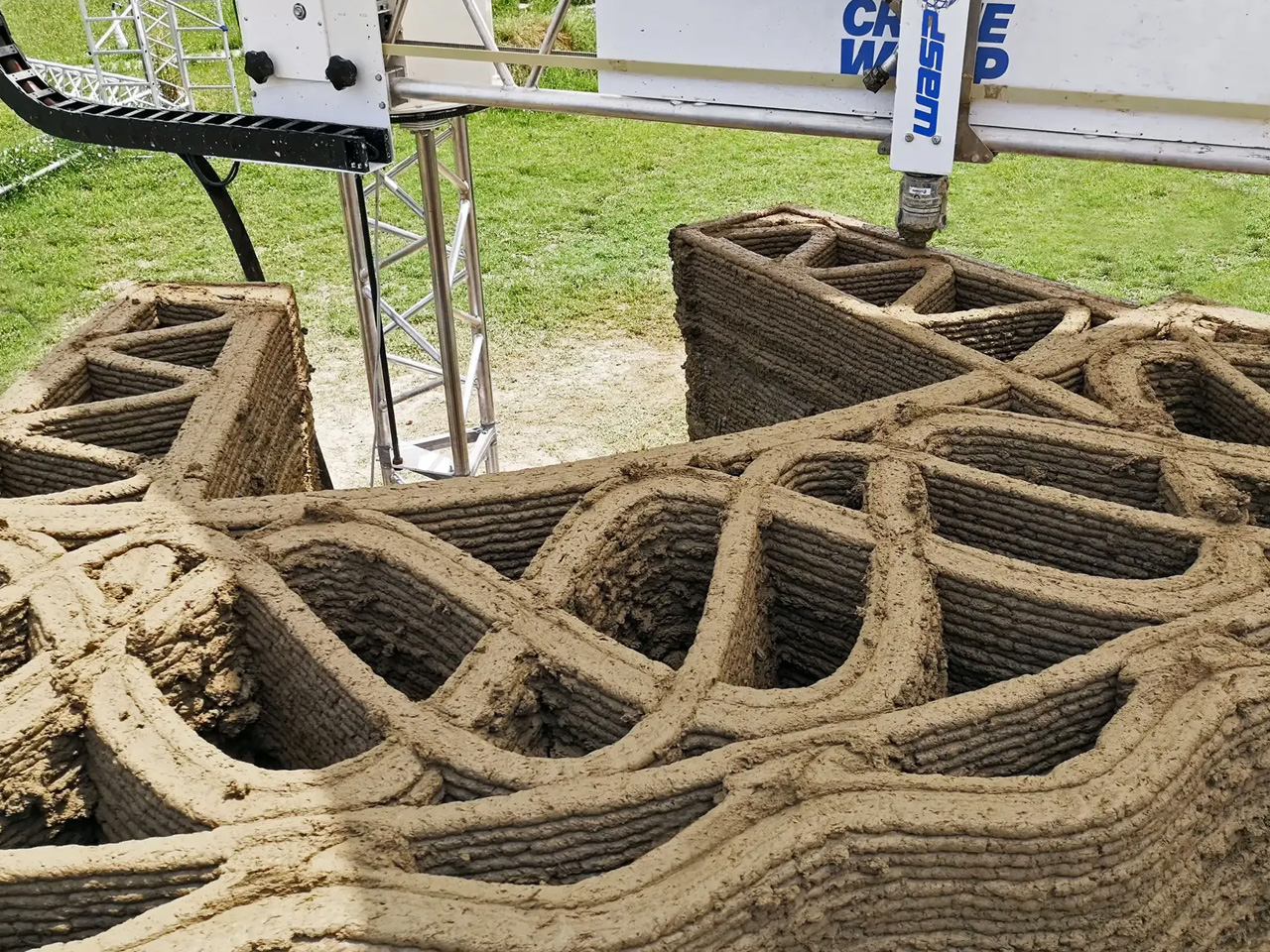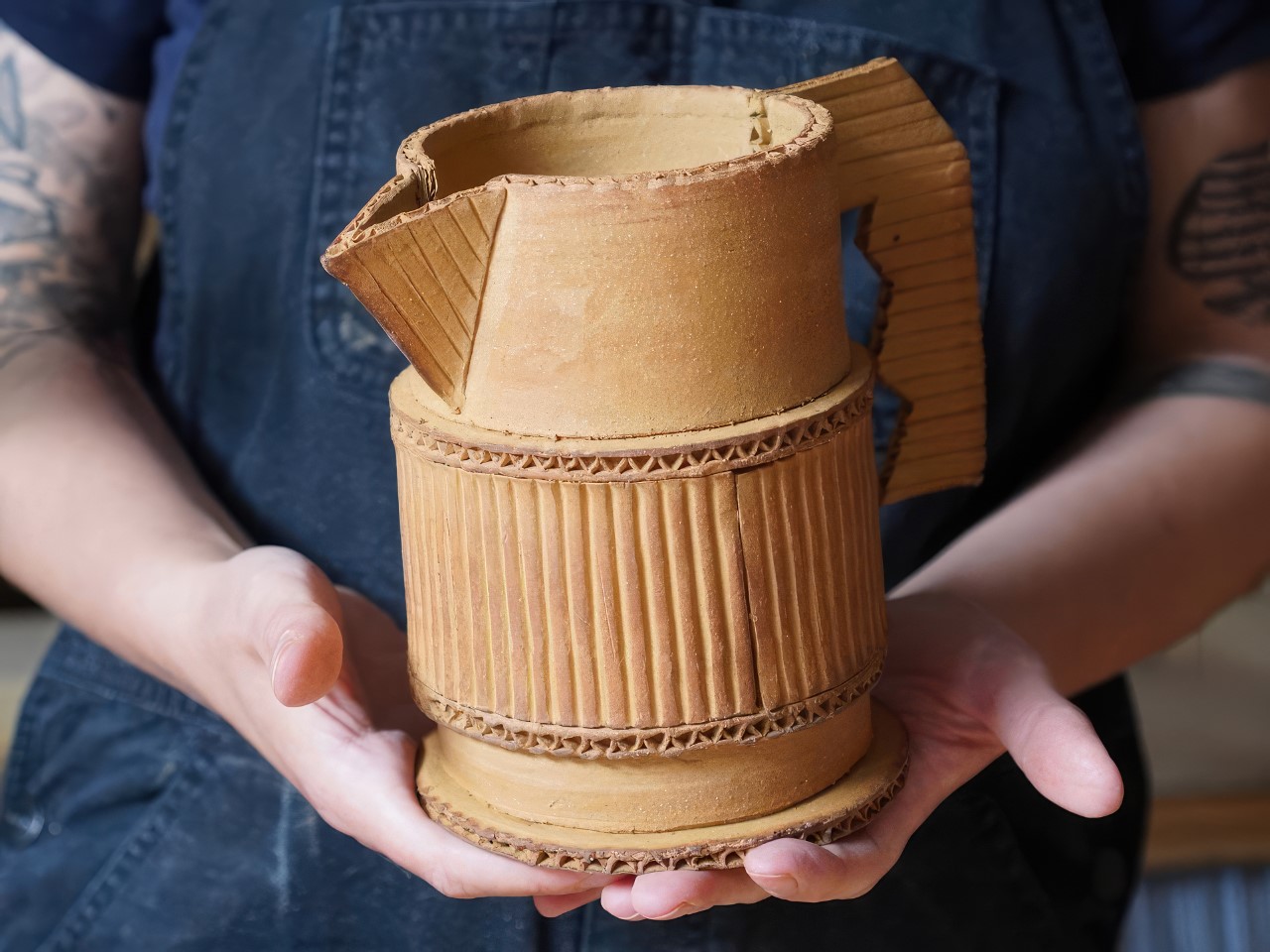This Wasp-Inspired 3D-Printer Is Making Homes To Tackle The Housing Deficit Problem In Colombia
Dubbed the CRANE WASP, this 3D printer is also known as “the infinity 3D printer”. The impressive printer utilizes locally sourced clay, mud, or cement to 3D-print affordable homes. The printer even uses agricultural waste as aggregate to build homes. Currently, this system is being employed to construct some much-needed housing in Colombia.
Designer: United Nations Development Program (UNDP)
![]()
![]()
The United Nations Development Program (UNDP) recently purchased a Crane WASP to build affordable and effective homes in Colombia. The homes are built using local soil and resources. The printer is priced at around US$180,000, which is no small amount. Currently, more than a quarter of Columbian households are suffering from a lack of decent housing – an estimated 3.7 million. Two of three families who do have homes aren’t in great condition either, since the dwellings are subpar and need structural improvements. By utilizing locally sourced soil, the UN won’t need to bring in expensive materials from other lands. This tactic is bringing down costs significantly.
![]()
![]()
The Crane WASP ( World’s Advanced Saving Project) draws inspiration from the Mason Wasp – a little yet hard-working insect that uses mud to make its own nests. The UNDP intends to install the printers in challenging terrains, where it is difficult to set up expensive and conventional equipment. This equipment would have limited access as well. The Crane WASP is complemented by the local soil, and both work excellently to build homes for the impoverished or homeless.
![]()
The post This Wasp-Inspired 3D-Printer Is Making Homes To Tackle The Housing Deficit Problem In Colombia first appeared on Yanko Design.


